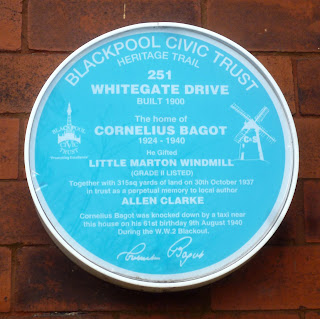'Prix Goncourt 1908' screams the title, rather oddly: 1908? A novel marked by 'frivolity' and 'inconsistency', as suggested by Miomandre's biographer Remi Rousselot in the Preface here? Yes, certainly, but then so what, is what we both think. Écrit sur de l'eau (lit. 'Written on Water') is not only a wonderful title, but a most appropriate one for a work that concerns instability, intangibility, plain impossibility.
Jacques de Meillan is a nineteen-year-old student, or rather ex-student, or, well anyway he doesn't have a job, doesn't do anything, lies in bed until late, and simply allows his father's servant to do all the work while Jacques just thinks about his future, but mainly the future of his social life, especially his love life.
Jacques's father Pierre is a representative of a different kind of parasitism, or would-be parasitism: he dreams, crazily, but really seriously, of becoming a mega-rich businessman, such as in the latest of his schemes to turn alcohol into gold – although in the end Pierre has just been conned and there's not even any alcohol to turn into anything. His main partner was going to be millionaire Mazarakis, although we don't see anything of him in the novel.
We do, though, see Mazarakis's unfaithful wife Anne, and hear a great deal of her in Jacques's waking and sleeping dreams: he's cock-over-tit in love with her, and thinks she is with him, and he's only too willing to mortgage his future on their relationship, until he discovers the truth about her.
So what do you know, Jacques and his best friend Juliette Brémond have been made for each other all along, until of course the relationship can't possibly continue as he has no money so Juliette will have to marry a boring old fart she doesn't love. Moral of the story? Money doesn't buy love, but it pays the bills? All capitalists are bastards? Never trust a woman as it's a woman's world and they'll always win in the end? Don't only watch your back but also your front and above all the person who's supposed to be siding with you? Yes, there's some of all that here. This is a really very readable book.
My other post on Francis de Miomandre:
––––––––––––––––––––––––––––––––––––
Remi Rousselot: Francis de Miomandre: Un Goncourt oublié




































